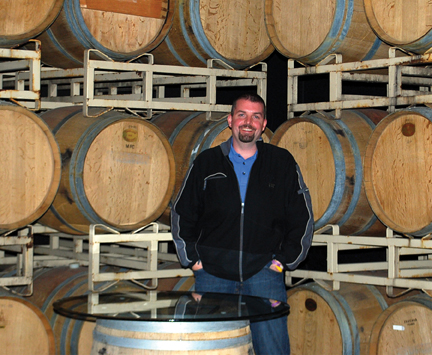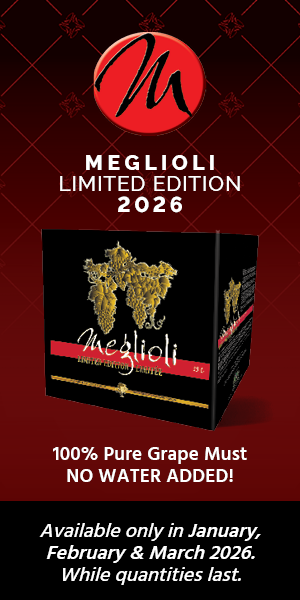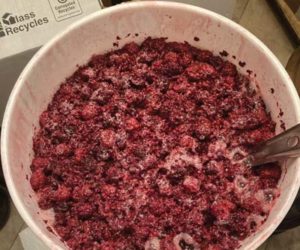
Not long after I got started making wine I realized I was relying more than I had expected on core sensory concepts like sight, smell and taste to guide my winemaking activities. I say that it was more than I had expected, but in fairness I hadn’t thought much about it. I’ve been cooking passionately since I was a kid, so aromas, flavors and textures are sensations I don’t take for granted. In fact, the appreciation of these cues in food and beverages has become a considerable asset to me in my winemaking and it has also become my primary guide.
A few years ago I started getting a lot more information from observing and tasting my homemade wines at every stage: from pre-inoculated juice to fermenting must to clearing and stable wines. I asked myself questions like, “what aromas are being expressed?,” “is there more H2S than I would expect?” “what flavors are coming through and are they typical to the style?” “is the color light, dark or shifted?” “how much acidity do I taste?” “is there residual CO2 trapped in the wine?” “is the balance between the sweet, acidic, tart and fruit components pleasurable?” and, “are there any off aromas and flavors and are they presenting in a finished product?”
The stylistic accuracy of a homemade wine, of which all the questions I asked myself play a part, is a curious one. For instance, how can a winemaker know if his or her Cabernet is developing well without knowing what Cabernet from locations all over the world tastes like? This question gets even more interesting when trying to make a style of wine from a specific region of the world or a style that isn’t as common, like Grüner Veltliner — which in turn brings up more questions. How about the aromas typical to Viognier, and are they the same if it is made from Californian versus European grapes? Do red wines from a particular region generally express more wood tannins or grape tannins? The list seems endless.
Furthermore, not only do you need better sensory memory to make better wine, but you need both positive and negative experiences to reach your full potential. This means you need to taste a lot of wine to become a better winemaker, and some of it has to be wine that has flaws or has gone bad due to incorrect storage/handling. You need to learn what low quality and bad wine tastes like. Why? Because as a winemaker you are responsible for a delicate balance of factors that you can’t completely control. You will make bad wine at some point and knowing what it tastes like will be helpful, especially if you can catch flaws early.
It might seem obvious that all winemakers are real wine lovers who are constantly on the hunt for new styles, producers and sources of wines to add to their experience. This is certainly true for many winemakers but there are also many of us home winemakers who tend to drink more socially and may not actively work to develop our palates. We also are prone to personal bias — we narrow our tasting to styles and sources of wines that we already like. If we aren’t careful, we may unknowingly get stuck that way.
Tasting wine, like making wine, requires focus and patience. If you want to make better wine, taste more wines and really soak in the sensory elements. The nuances and changes you will begin to notice about your own wines will undoubtedly help you improve them. I know they have for me!





